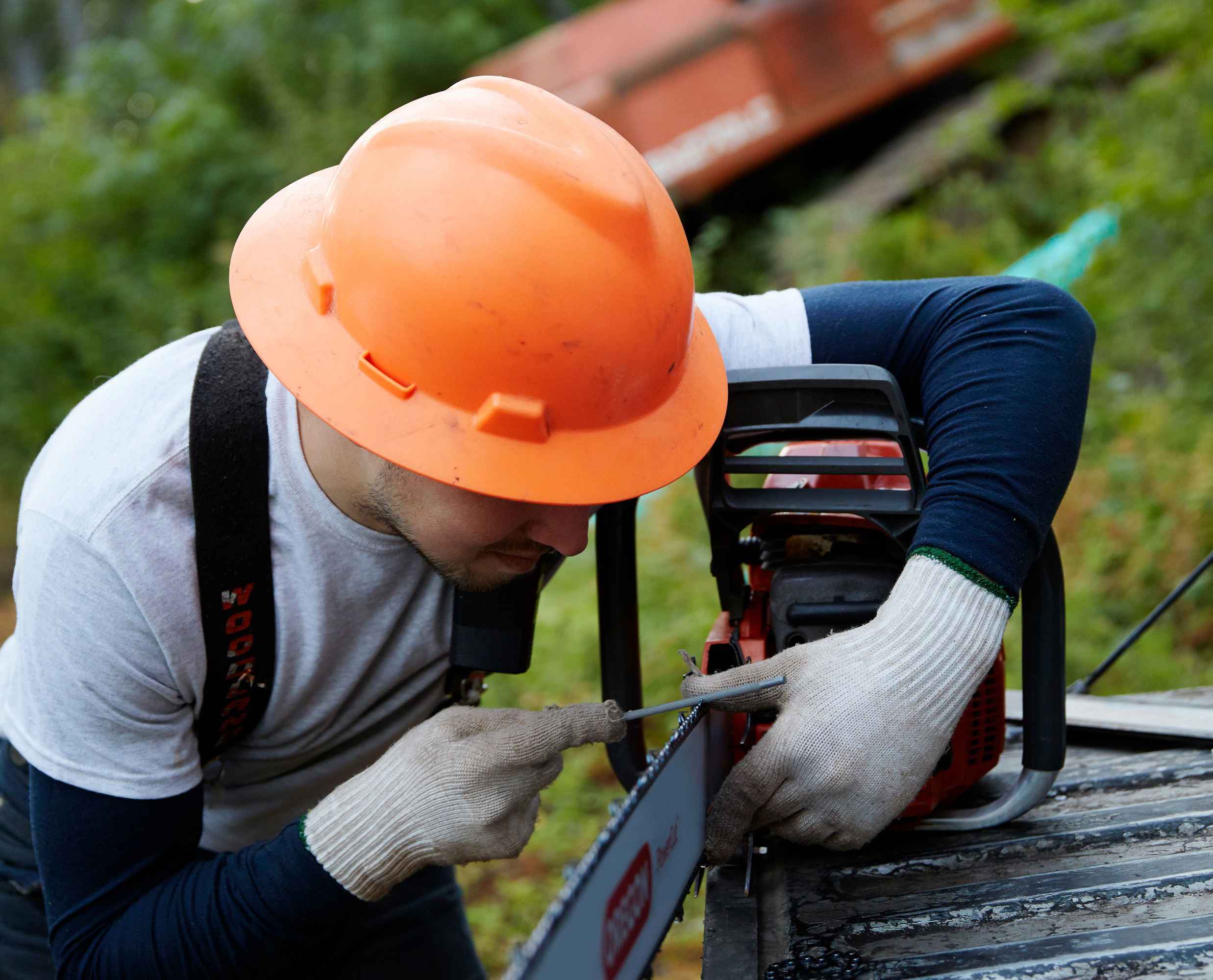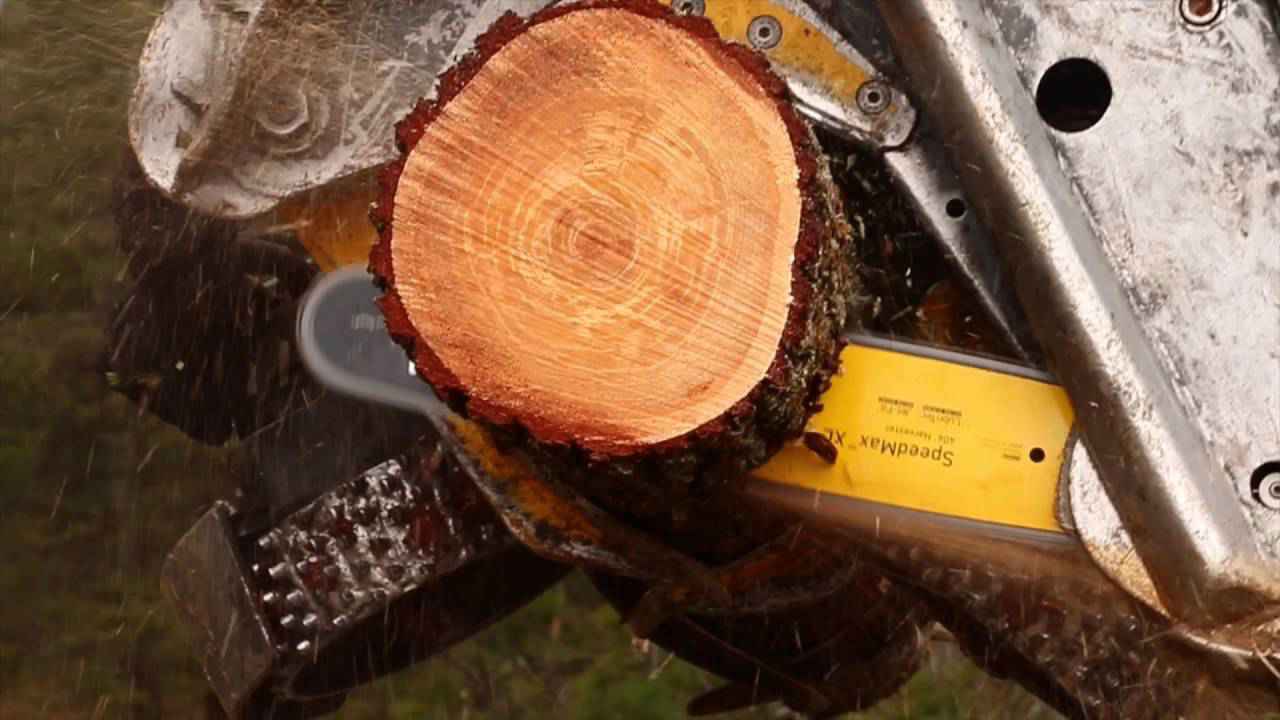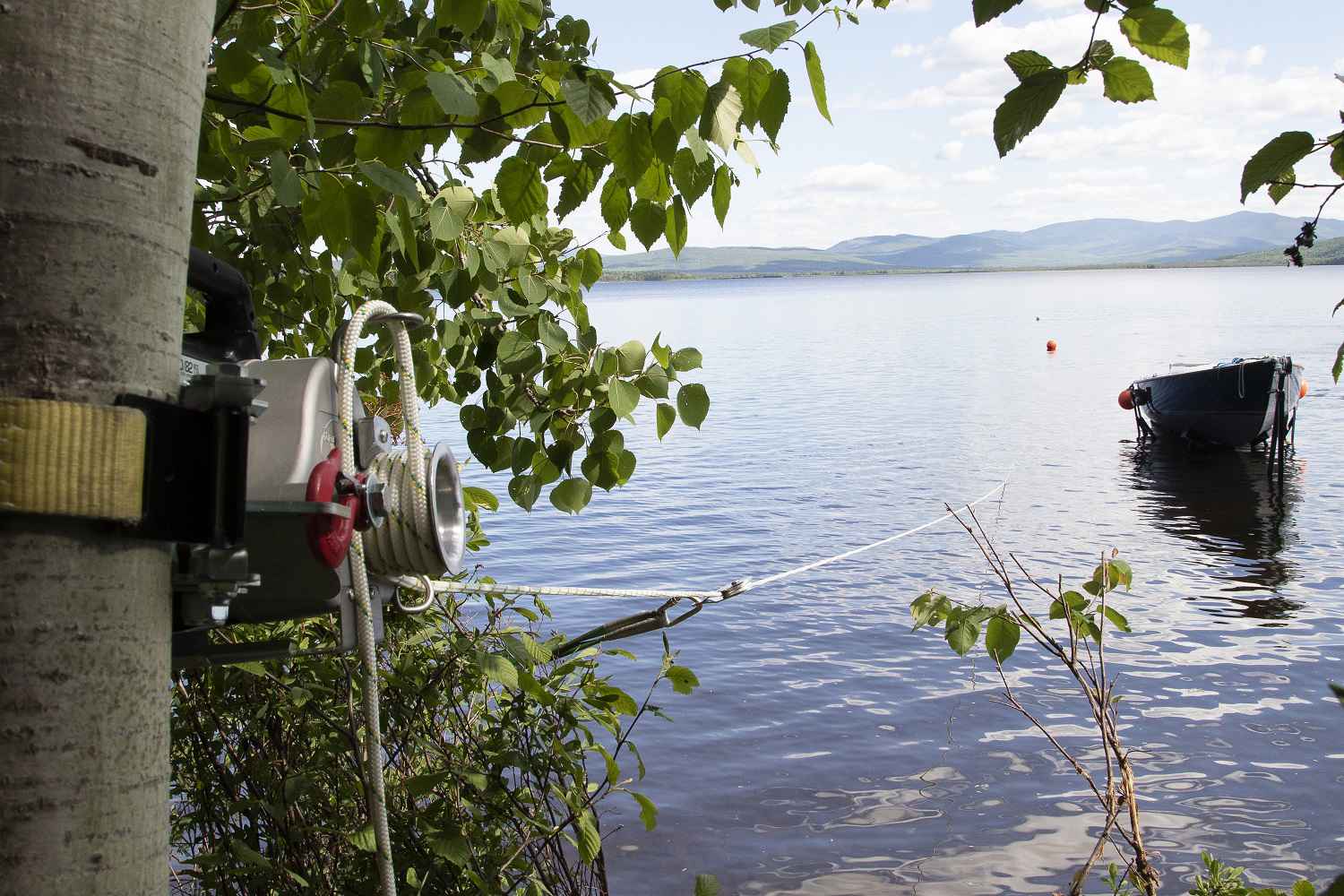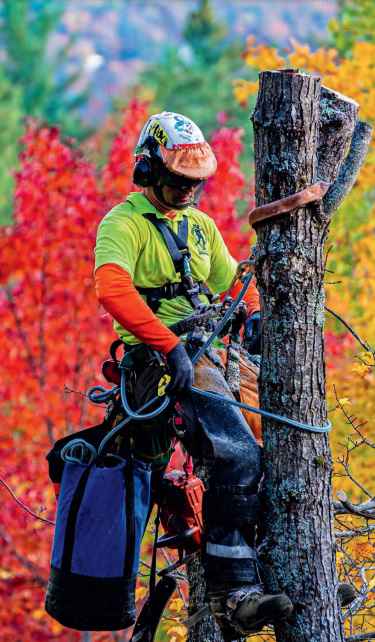- Forestry tips
-
How A Log Splitter Works?
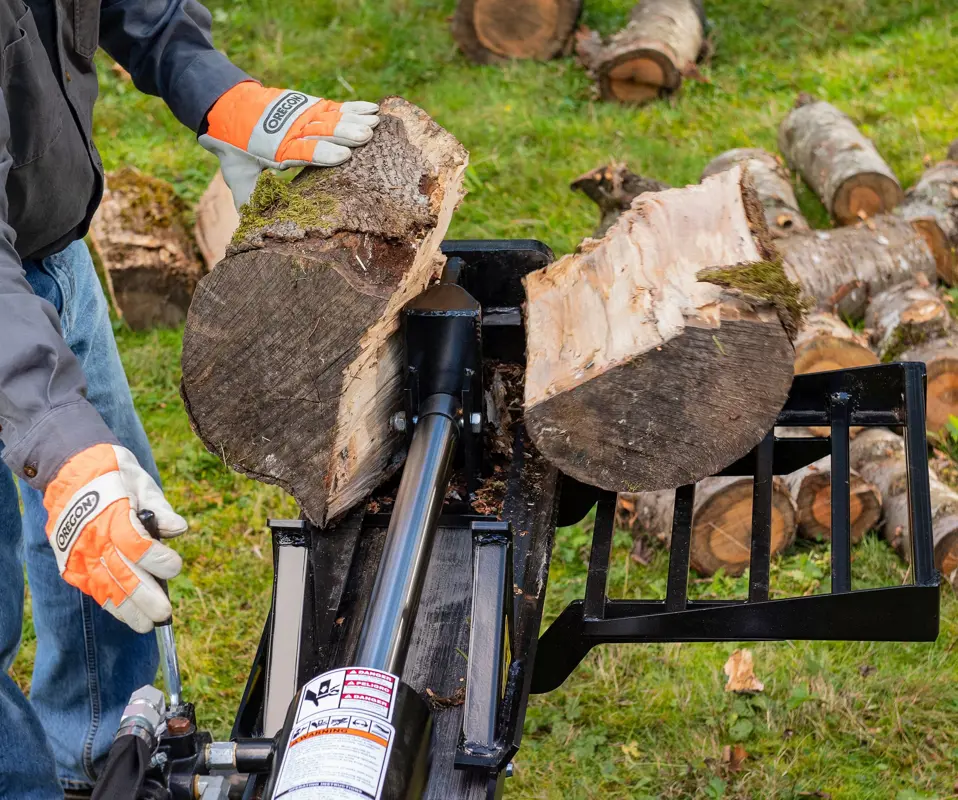
How A Log Splitter Works?
When the season calls for prepping firewood, a hydraulic log splitter becomes a handy forestry tool. Powered by a hydraulic pump, the log splitter effectively cuts down the time it takes to gather the necessary amount of logs. So, what do you need to know about how a log splitter works?
Components of a Hydraulic Log Splitter and Its Basic Operation
The hydraulic pump sits at the core of a log splitter's functionality, pushing logs onto the blade to be cut. While operational details might vary between models, the fundamental principle remains the same across all.
Understanding the functionality of a hydraulic log splitter requires knowledge of its key components. These typically include:
- The hydraulic pump
- The hydraulic cylinder
- The filter
- The reservoir
- The valve
- The motor
Log Splitter Configurations: Vertical and Horizontal
Splitting logs with a hydraulic log splitter can be done in two configurations: vertical and horizontal. Typically, the horizontal approach is more common. It involves positioning the log on a level surface, whether at ground level or elevated. This setup is ideal for cutting firewood logs lengthwise.
The Activation Process of a Hydraulic Log Splitter
Once the motor is switched on, the fluid from the log splitter's tank moves towards the hydraulic pump. The pump increases the pressure gradually, enabling the fluid to flow through the valve.
It's essential to note that this valve connects to two separate pipes. These pipes are attached on either side of the hydraulic piston, in addition to a tube linked to the log splitter's reservoir.
To operate the log splitter, the lever must be engaged in the direction where the blade is intended to cut. This action sets the fluid in motion within the cylinder, activating the piston. As a result, the blade comes to life and splits the wood. The fluid doesn't stop there; it exits from the opposite side of the piston, passes through the filter, and returns to the reservoir.
The Critical Role of Filter Maintenance in a Log Splitter
A hydraulic log splitter's filter plays a pivotal role in preserving the equipment's efficiency. It serves as the first line of defense against dirt and debris, which could potentially clog the machine or cause premature wear and tear.
Safety Measures When Operating a Hydraulic Log Splitter
While understanding how a log splitter works is essential before purchasing one, it's equally important to be well versed with the safety precautions when using it. These include wearing protective eyewear and gloves. Though not mandatory, the use of hearing protection is highly recommended. Take a look at our forestry safety equipment here.

